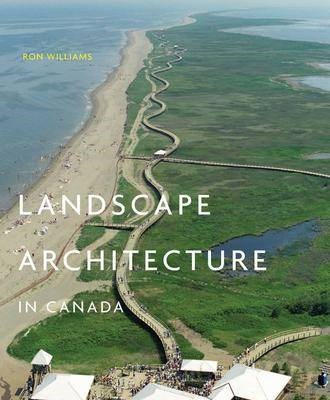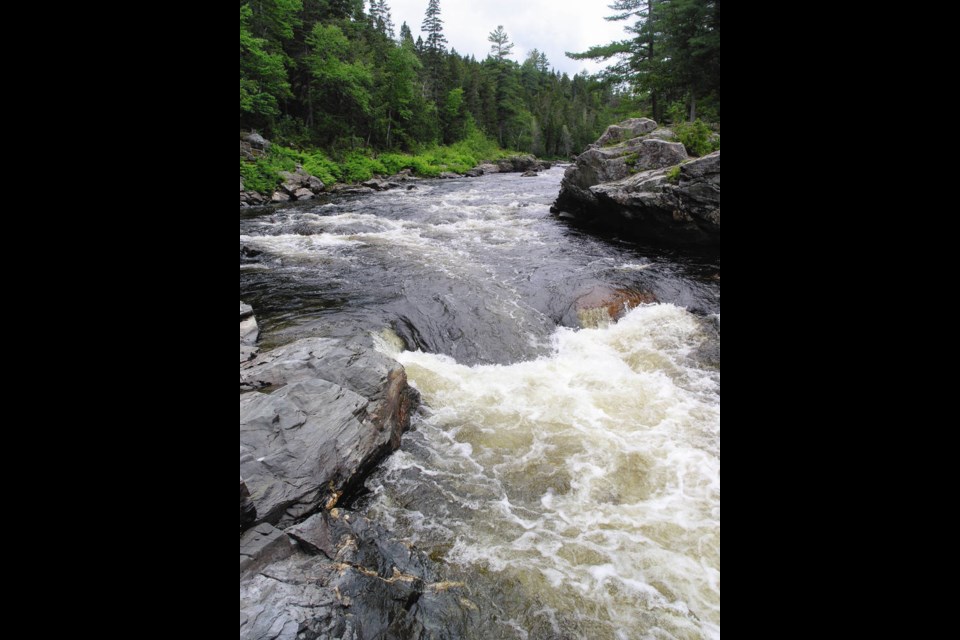After Dad died a while back in Saint John, NB, I drove his new colossal, rather lumbering (albeit smooth) Japanese car across sa���ʴ�ý back to Medana Street in James Bay where I live. He had traded a large oil painting for that car, something he always did, being an artist, trading art for basic needs; he had two big soft blue vinyl couches in his living room that Mum always said were too soft, cheap and ugly, but he had traded another painting for them.
Dad went fishing with car dealers and furniture-shop owners — hence, new cars and couches were regular acquisitions. He had built a simple but comfortable fishing camp on the banks of the Miramichi River, known for fine Atlantic salmon and fly fishing, a pleasant drive just north of Fredericton. Apparently, former U.S. president Bill Clinton fished upstream — Dad thought he saw him tip over in a red canoe.
After a day of standing in the cold, dark pools in huge green rubber pants, Dad and his pals would gather around the little wood stove to eat bugles, drink beer and make flies (that’s a skill).
Dad’s friend now tells me that there are no more fish in the river (despite the catch-and-release policy) and the little camps, often little more than upscale wooden shacks deep in the New Brunswick woods, now sit abandoned, a decomposing deck railing hanging by a single nail.
The Miramichi River and the neglected, decaying camps along its overgrown grassy banks are an example of landscape architecture, of how we have used the land, how we have felt about the land, and what has become of this land — landscape architecture is about human nature, change and adaptation. At times, it may include a good dose of imagination.
 Landscape Architecture in sa���ʴ�ý by Ron Williams (McGill-Queen’s University Press, 2014) is a colossal but highly readable detailed story of sa���ʴ�ý’s development from a land-use-design perspective. It’s full of gorgeous photographs, both urban and rural, of historical and contemporary themes, from land, sea and cityscapes across the country.
Landscape Architecture in sa���ʴ�ý by Ron Williams (McGill-Queen’s University Press, 2014) is a colossal but highly readable detailed story of sa���ʴ�ý’s development from a land-use-design perspective. It’s full of gorgeous photographs, both urban and rural, of historical and contemporary themes, from land, sea and cityscapes across the country.
The book is extremely engrossing — every settlement or design idea tells a story. It begins with the Inuit distinctive Inuksuk stone structures and a variety of First Nations cultures that produced fascinating spiritual features throughout the land, such as stone medicine wheels built “to face the rising sun and the morning star.”
Much later, on the murky red shores of the Bay of Fundy — known to have the highest tides on earth — the Acadians, descendants of the first French settlers, were establishing homesteads and cleverly using the fertile salt marshes at high tide as a rich agricultural resource by constructing earthen dykes, still visible today, to contain their coastal crops. Innovative tunnels were built underground to collect the nourishing ocean sediments.
In the late 1800s, numerous Mormon communities were established out west. These citizens immigrated from the United States, bringing with them a unique village plan of three square zones known as the Plat of Zion (City of Zion), with roads “broad enough to turn right around with a team of oxen at full speed.”
When I drove Dad’s car across the country, a more modern-day notable landscape feature included the delightfully rural Rideau Canal with its numerous little locks linking Kingston to Ottawa. It made for a lovely country drive, where residents protected the turtles by erecting hand-painted signs saying “Slow – Turtles Crossing or Resting” and wildflowers adorned the roadside.
If you find yourself in downtown Toronto, take a stroll around the TD Bank and you will see several bronze cows by sculptor Joe Fafard, wonderfully oversized, lounging contentedly amid the hustle and bustle of high finance, as young, ambitious wheeler-dealers frantically eat their sandwiches while doing big business on their phones.
Down on the lakefront, a mass of turquoise glass and steel skyscrapers looms above the Music Garden, a small park designed with the assistance of cello player Yoyo Ma with winding paths, shrubbery, grasses and granite boulders that “play” or represent Bach’s Suite #One (it actually does! especially in the breezes that come off the lake. The landscape is the music).
Landscape architecture is really about being human, from innovation and aesthetics to exploitation, to reconstruction and repair.
I’m sure we can all think of examples here at home of how landscape architecture has shifted. I happen to like the cheerful yellow chairs placed along the new, clean oceanside path on Dallas Road. I am not a fan, however, of strip malls with their grubby little asphalt parking lots and plastic signage. Created out of necessity but without any aesthetic consideration, the strip mall is more bearable if I think of it as a passing installation and reflection of our time in history, a cultural remnant.
The book gives us much to ponder, and I wonder how the COVID pandemic will alter the present landscape, if at all.



